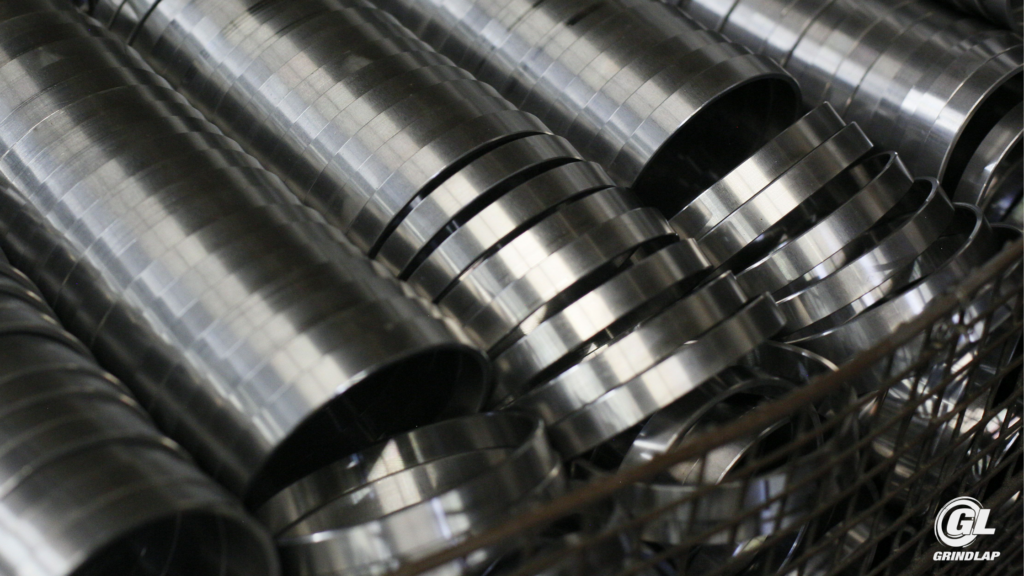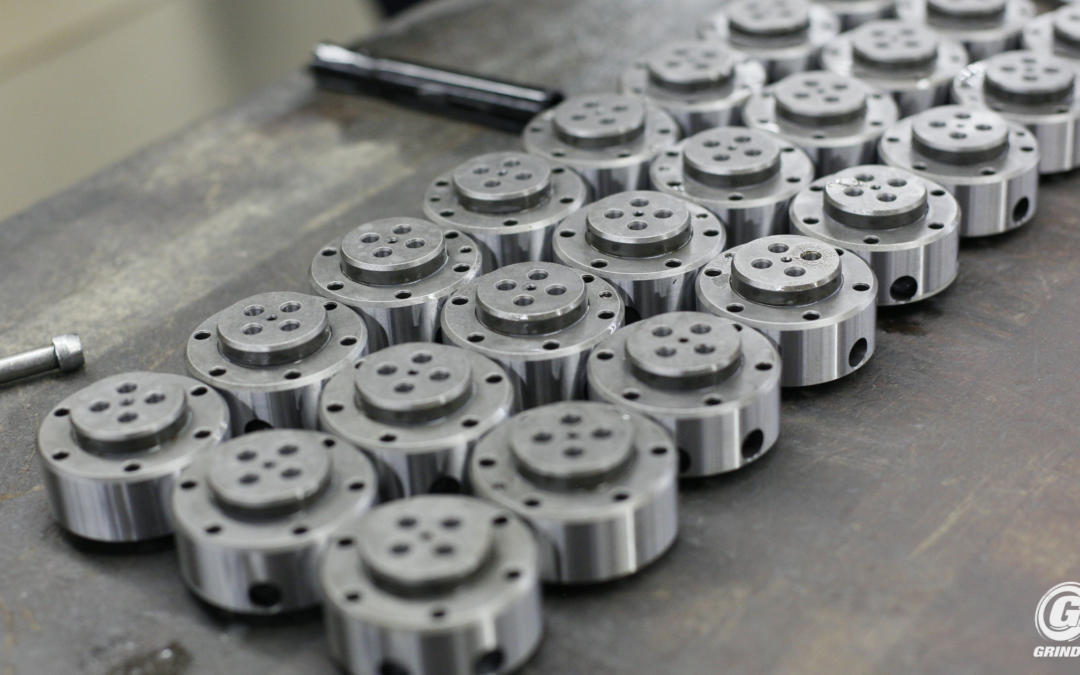The rapid pace of new material development can be daunting. If you’re struggling to keep up with these changes, you’re not alone. Understanding their impact on manufacturing is essential to remain competitive and efficient.
At Grind Lap, we have a comprehensive understanding of how new materials influence the manufacturing industry. Our expertise can guide you through leveraging these advancements to enhance your processes and products.
This article explores how the development of new materials is reshaping the manufacturing landscape. Learn about the transformative effects on product creation, performance, efficiency, and sustainability, and how these advancements can benefit your operations.

The Impact of New Materials on the Manufacturing Industry
The development of new materials has profoundly impacted the manufacturing industry, leading to the creation of innovative products, improved performance, and increased efficiency. Here’s a detailed look at how these advancements have transformed manufacturing:
- Creation of Innovative Products
- Advanced Composites: The introduction of advanced composites has revolutionized the aerospace industry by enabling the production of lighter, stronger, and more fuel-efficient aircraft.
- Medical Devices: New materials have facilitated the development of cutting-edge medical devices such as artificial joints, pacemakers, and stents, significantly improving the quality of life for millions globally.
- Improved Performance
- Automotive Components: The use of new materials, including lightweight alloys, composites, and high-strength steels, has led to notable improvements in fuel efficiency and overall vehicle performance. These materials contribute to the creation of lighter, more durable, and fuel-efficient cars.
- Increased Efficiency in Manufacturing
- Nanomaterials: The application of nanomaterials has enabled the production of smaller, more precise electronic components, reducing the size and weight of devices while enhancing their performance. This advancement has also led to reduced waste and lower production costs.
- Reduced Production Costs: The integration of new materials has led to increased overall manufacturing efficiency, further lowering production costs.
- Revolutionized Manufacturing Processes
- 3D Printing: The development of 3D printing technology has allowed for the creation of complex shapes and designs that traditional methods could not achieve. This innovation has also shortened the time and cost associated with prototyping, enabling faster market introduction of new products.
- Enhanced Sustainability
- Renewable and Recyclable Materials: The shift toward using renewable and recyclable materials has significantly reduced the environmental impact of manufacturing. For instance, biodegradable materials in packaging and disposable products have minimized waste and pollution, while renewable energy sources in manufacturing have decreased the industry’s carbon footprint.
Conclusion
The advancements in material science have driven significant changes in the manufacturing industry. The introduction of new materials has led to innovative products, enhanced performance, improved efficiency, and greater sustainability. These developments have also revolutionized manufacturing processes, allowing for more complex designs and faster prototyping. As new materials continue to evolve, they will remain pivotal in driving innovation, improving performance, and fostering a more sustainable future in manufacturing.


Recent Comments